-
 bitcoin
bitcoin $109523.663807 USD
-0.13% -
 ethereum
ethereum $4019.526508 USD
2.06% -
 tether
tether $1.000482 USD
0.00% -
 xrp
xrp $2.776815 USD
0.18% -
 bnb
bnb $958.942396 USD
0.12% -
 solana
solana $204.294698 USD
3.84% -
 usd-coin
usd-coin $0.999693 USD
0.00% -
 dogecoin
dogecoin $0.232115 USD
2.09% -
 tron
tron $0.338028 USD
0.84% -
 cardano
cardano $0.790920 USD
1.50% -
 hyperliquid
hyperliquid $44.871443 USD
5.60% -
 ethena-usde
ethena-usde $1.000322 USD
0.04% -
 chainlink
chainlink $21.034165 USD
2.60% -
 avalanche
avalanche $28.794831 USD
-0.54% -
 stellar
stellar $0.360466 USD
1.24%
how to explain blockchain
Blockchain's decentralized and secure infrastructure ensures tamper-proof transaction records, fostering trust and transparency in digital interactions.
Oct 21, 2024 at 03:29 pm

Understanding Blockchain: A Comprehensive Guide
1. What is Blockchain?
Blockchain is a secure and transparent digital ledger system that records transactions in a verifiable and permanent manner. It consists of a chain of blocks, each containing a timestamp, a cryptographic hash of the previous block, and transaction data. Once a block is added to the chain, it becomes immutable, providing a secure and tamper-proof record of the transactions.
2. Key Features of Blockchain:
- Decentralization: Blockchain is not controlled by a single entity, but rather maintained by a network of computers spread across the globe. This eliminates the risk of a single point of failure or manipulation.
- Transparency: All transactions recorded on the blockchain are publicly viewable, providing transparency and accountability.
- Security: Blockchain uses strong cryptography to secure the data, making it virtually impossible to alter or forge transactions.
- Immutability: Once a block is added to the chain, it becomes immutable. Any attempt to change or delete the data will be rejected by the network.
3. Types of Blockchains:
There are primarily two types of blockchains:
- Public Blockchain: Anyone can join and participate in verifying and adding transactions to the blockchain. Examples include Bitcoin and Ethereum.
- Private Blockchain: Restricted to a specific group of participants, allowing for greater control and privacy. Used by businesses and organizations.
4. Applications of Blockchain:
Blockchain technology has numerous applications across industries, including:
- Cryptocurrency: Facilitate secure and transparent transactions of digital currencies like Bitcoin and Ethereum.
- Supply Chain Management: Track and trace the movement of goods and ensure provenance.
- Healthcare: Secure and share patient data, reducing fraud and enhancing patient safety.
- Voting: Enable secure and transparent voting systems to prevent fraud.
- Real Estate: Simplify property transactions, reduce paperwork, and improve security.
5. Benefits of Using Blockchain:
- Increased Trust: Eliminate the need for intermediaries, building trust between parties.
- Reduced Costs: Automate processes, reduce transaction fees, and eliminate the need for paperwork.
- Enhanced Security: Protect data from unauthorized access, fraud, and cyberattacks.
- Improved Efficiency: Streamline workflows and increase transparency, leading to improved operational efficiency.
6. Challenges and the Future of Blockchain:
While blockchain offers numerous benefits, it also faces challenges:
- Scalability: Some blockchains have limitations in handling large volumes of transactions.
- Energy Consumption: Proof-of-Work consensus mechanisms require significant energy resources.
- Regulation: Global regulations for blockchain and cryptocurrencies are still evolving.
Despite these challenges, blockchain technology is continuously evolving. Current research is focused on addressing scalability, reducing energy consumption, and enhancing data privacy. The future of blockchain holds great promise for revolutionizing various sectors and shaping digital interactions in the years to come.
Disclaimer:info@kdj.com
The information provided is not trading advice. kdj.com does not assume any responsibility for any investments made based on the information provided in this article. Cryptocurrencies are highly volatile and it is highly recommended that you invest with caution after thorough research!
If you believe that the content used on this website infringes your copyright, please contact us immediately (info@kdj.com) and we will delete it promptly.
- BlockchainFX: The Crypto Presale Primed for a 2025 ROI Explosion
- 2025-09-27 18:25:19
- ETH Price Check: Smart Money Stays Cool Amidst ATH Rollercoaster
- 2025-09-27 18:25:19
- Aster Price, MrBeast, and DEX Volumes: What's the Buzz?
- 2025-09-27 18:45:11
- Shiba Inu, Meme Coins, and MAGACOIN FINANCE: What's Next?
- 2025-09-27 18:45:11
- Aster DEX: Navigating DeFi's Future with Price Predictions and Key Insights
- 2025-09-27 18:50:01
- Virtuals Protocol's New Genesis: A Deep Dive into the Launch and $VIRTUAL's Potential
- 2025-09-27 18:50:01
Related knowledge

What is a token economy?
Sep 20,2025 at 12:18am
Understanding the Foundations of a Token Economy1. A token economy in the context of cryptocurrency refers to a system where digital tokens are used a...
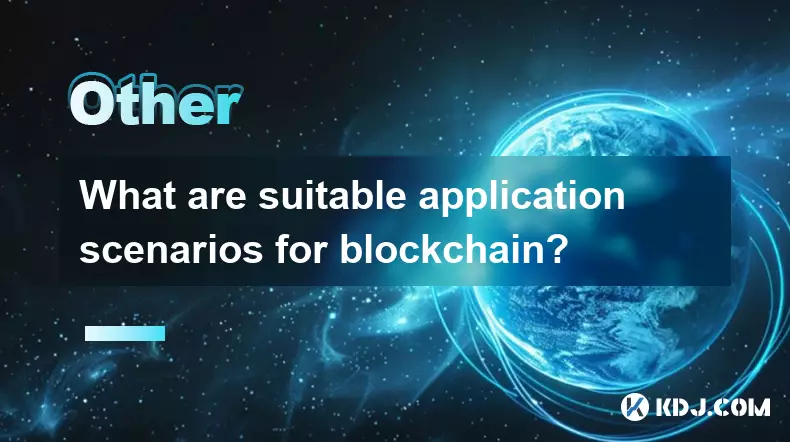
What are suitable application scenarios for blockchain?
Sep 20,2025 at 03:19am
Decentralized Finance (DeFi) Platforms1. Blockchain enables the creation of financial services without centralized intermediaries, allowing users to l...
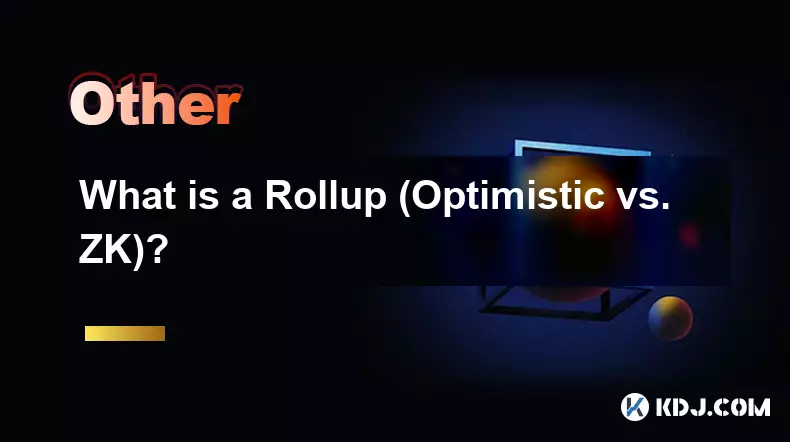
What is a Rollup (Optimistic vs. ZK)?
Sep 22,2025 at 03:00pm
Understanding Rollups in Blockchain Technology1. Rollups are layer-2 scaling solutions designed to increase transaction throughput on blockchains like...
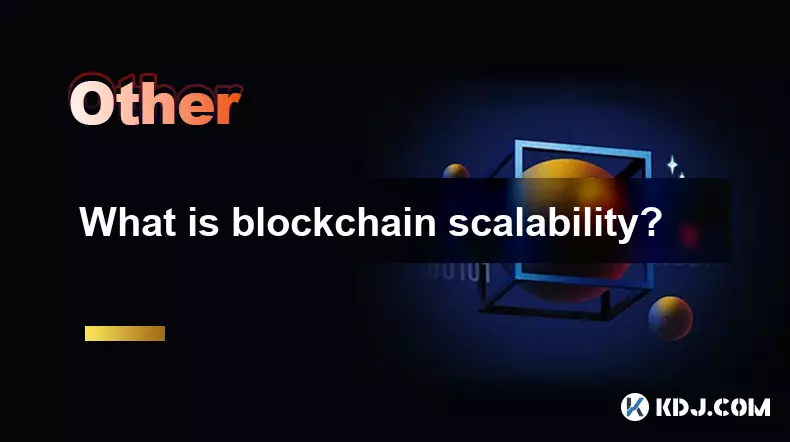
What is blockchain scalability?
Sep 19,2025 at 06:18am
Understanding Blockchain Scalability1. Blockchain scalability refers to a network's ability to handle an increasing number of transactions without com...
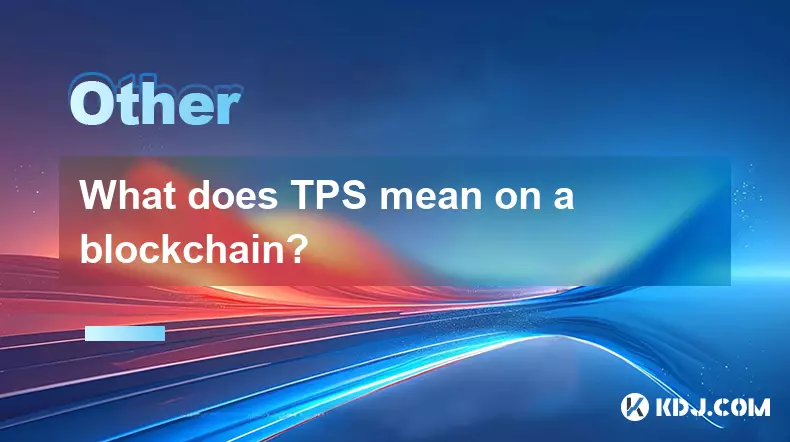
What does TPS mean on a blockchain?
Sep 21,2025 at 09:54am
Understanding TPS in Blockchain Technology1. TPS stands for Transactions Per Second, a metric used to measure the number of transactions a blockchain ...
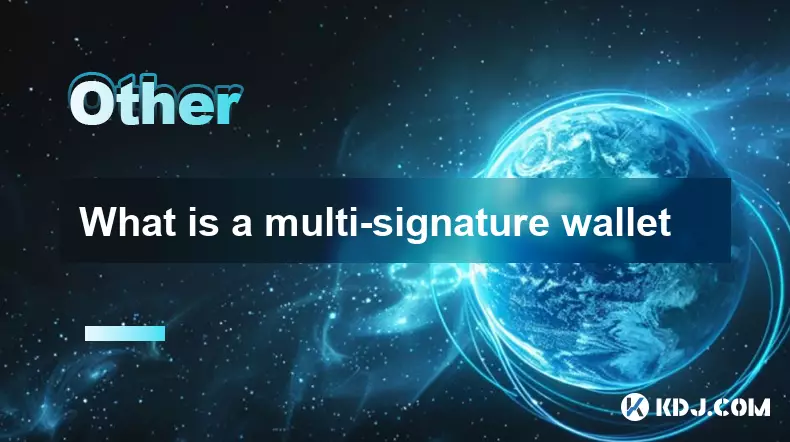
What is a multi-signature wallet
Sep 20,2025 at 07:00am
Understanding Multi-Signature Wallets in Cryptocurrency1. A multi-signature wallet, often referred to as a multisig wallet, is a type of cryptocurrenc...

What is a token economy?
Sep 20,2025 at 12:18am
Understanding the Foundations of a Token Economy1. A token economy in the context of cryptocurrency refers to a system where digital tokens are used a...

What are suitable application scenarios for blockchain?
Sep 20,2025 at 03:19am
Decentralized Finance (DeFi) Platforms1. Blockchain enables the creation of financial services without centralized intermediaries, allowing users to l...

What is a Rollup (Optimistic vs. ZK)?
Sep 22,2025 at 03:00pm
Understanding Rollups in Blockchain Technology1. Rollups are layer-2 scaling solutions designed to increase transaction throughput on blockchains like...

What is blockchain scalability?
Sep 19,2025 at 06:18am
Understanding Blockchain Scalability1. Blockchain scalability refers to a network's ability to handle an increasing number of transactions without com...

What does TPS mean on a blockchain?
Sep 21,2025 at 09:54am
Understanding TPS in Blockchain Technology1. TPS stands for Transactions Per Second, a metric used to measure the number of transactions a blockchain ...

What is a multi-signature wallet
Sep 20,2025 at 07:00am
Understanding Multi-Signature Wallets in Cryptocurrency1. A multi-signature wallet, often referred to as a multisig wallet, is a type of cryptocurrenc...
See all articles









































































